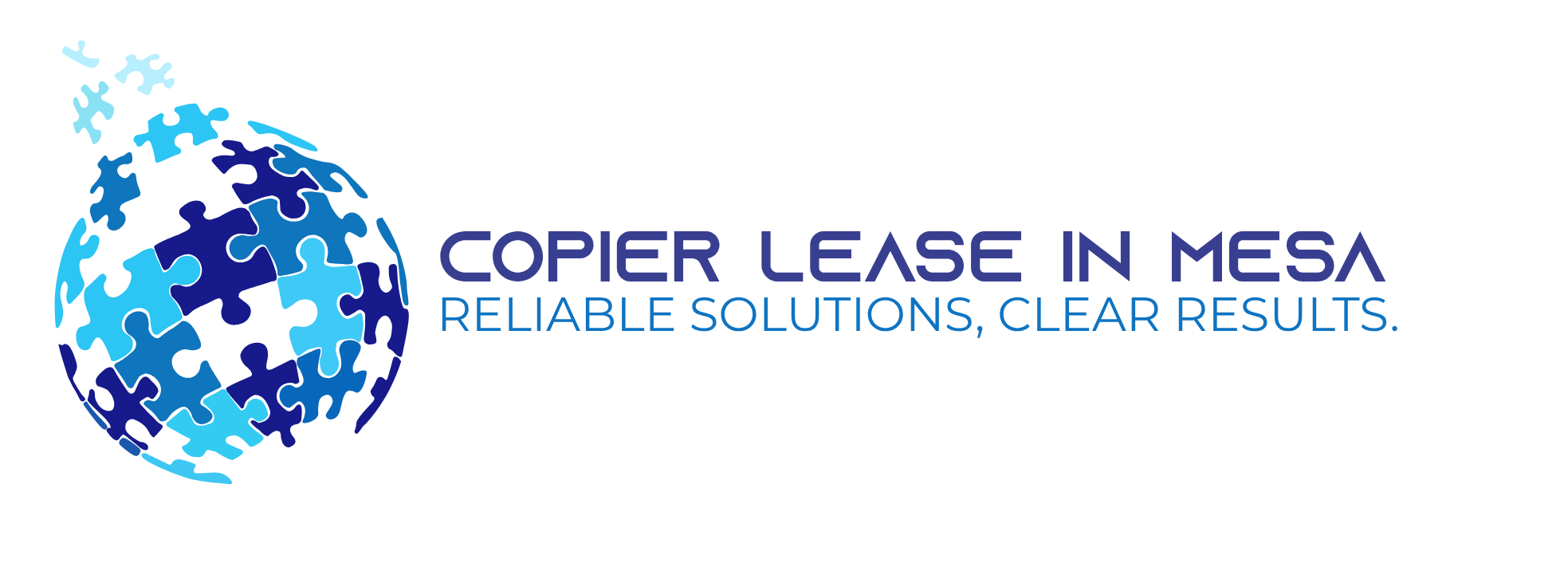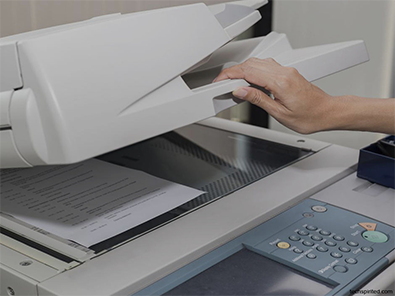It’s indisputable that copy machines help offices run more smoothly and efficiently – but not when you’re color copiers are always jamming up, beeping, and flashing lights like there’s no tomorrow. When color copiers are not running as they should, they can actually make copying time-consuming and insufficient. If you find that you’re constantly opening and closing up flaps, fishing out paper, fishing out even more paper, and then closing up paper trays and feeders again, you may want to consider buying new copy machines. There are many varieties of copy machines available on the market, and each machine performs different functions: some are very basic, while others can collate and staple.
Here are some things to look for when choosing copy machines.
1. Color – Obviously, black and white copy machines are cheaper to purchase, but they’re more limiting, of course. Think about what you want to be able to do with your copy machines, and whether you’ll ever need to print diagrams or illustrations in color – the last thing you want to do is invest in a top of the line black and white copier, only to find you wish you could produce color copies. The per-copy cost for black and white copiers can be as little as 2 cents, while the per-copy cost for color copiers can average at around 20 cents. A color copier requires four different color cartridges to operate: cyan, yellow, magenta, and black.
2. Speed – Know the output speed of your copy machines before you buy. For rapid, high-volume report copying, prioritize copiers with faster output speeds, ensuring efficiency in demanding office environments. Commercial copiers average 60 copies per minute, while high-speed models exceed 100, catering to varying volume demands in professional settings.
Your average home copier produces less than 30 copies per minute.
3. Features – Consider the range of features and functions before settling on a copy machine, as you want to make sure that your copy machine will cater for both your current and future business needs. Some copy machines can collate, stack, sort and staple, others can’t. For high-volume document copying, reliable sorting and stapling features are essential, ensuring efficient production of manuals and lengthy reports. For printing, faxing, scanning, and copying, choose a multifunction device. Its network connectivity simplifies integration into any computer system.
4. Paper size – Know your copy machine’s paper size capabilities. While all copiers handle standard paper, some accommodate larger sizes like A3, offering versatility for diverse printing needs. Large-format copiers benefit marketing and communication departments by enabling quick production of proofs, images, flyers, and posters.



